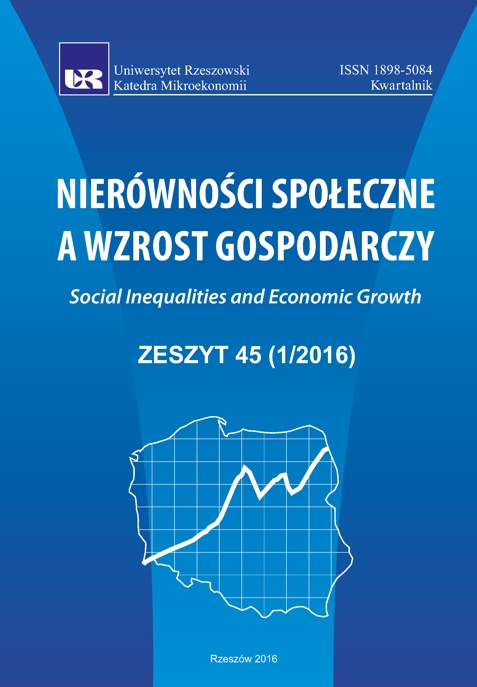The Use of Social Media by Local Government Units to Communicate with Stakeholders
The Use of Social Media by Local Government Units to Communicate with Stakeholders
Author(s): Wiesława Kuźniar, Wiesław SzopińskiSubject(s): Economy
Published by: Wydawnictwo Uniwersytetu Rzeszowskiego
Keywords: territorial units; marketing communication; social media; Internet; dialogue
Summary/Abstract: The article presents trends in marketing communication of local government units, with par-ticular emphasis on the role of social media. In recent years territorial units observe a gradual enrichment (and sometimes replacement) of a model of interpersonal communication and mass communication model by a marketing communication model in a hypermedia computing envi-ronment. One-to-one relationships and one-to-many relationships are therefore supplemented by many-to-many relationships. In light of these changes, which are related to the process of virtualisation, the classic forms of promotion such as advertising, personal promotion, sales promotion and public relations are enriched with new types of marketing communications, among which an increasingly important role is played by social media. All of the 30 biggest Polish cities have their own profiles on Face-book, Twitter, and Foursquare, and as many as 97% on Google+. Local government units use social media not only to run official profiles of cities, but they al-so create accounts on individual projects or events associated with unit’s functioning. Apart from official portals, a trend is observed to create informal ones, initiated by portal users of a given territory. While in the first case, the representatives of units have unlimited influence on the con-tent presented, informal portals give little opportunities of influence to authorities. The study of 223 students of University of Rzeszow have shown that young people are not really interested in social networks as the forms of communication of their local government units with residents. They also show moderate interest in a website of their city / municipality. To coun-teract this trend, the presented content should be more attractive, encouraging residents to engage in dialogue and establish relationships with local authorities.
Journal: Nierówności Społeczne a Wzrost Gospodarczy
- Issue Year: 2016
- Issue No: 45
- Page Range: 247-254
- Page Count: 8
- Language: English

